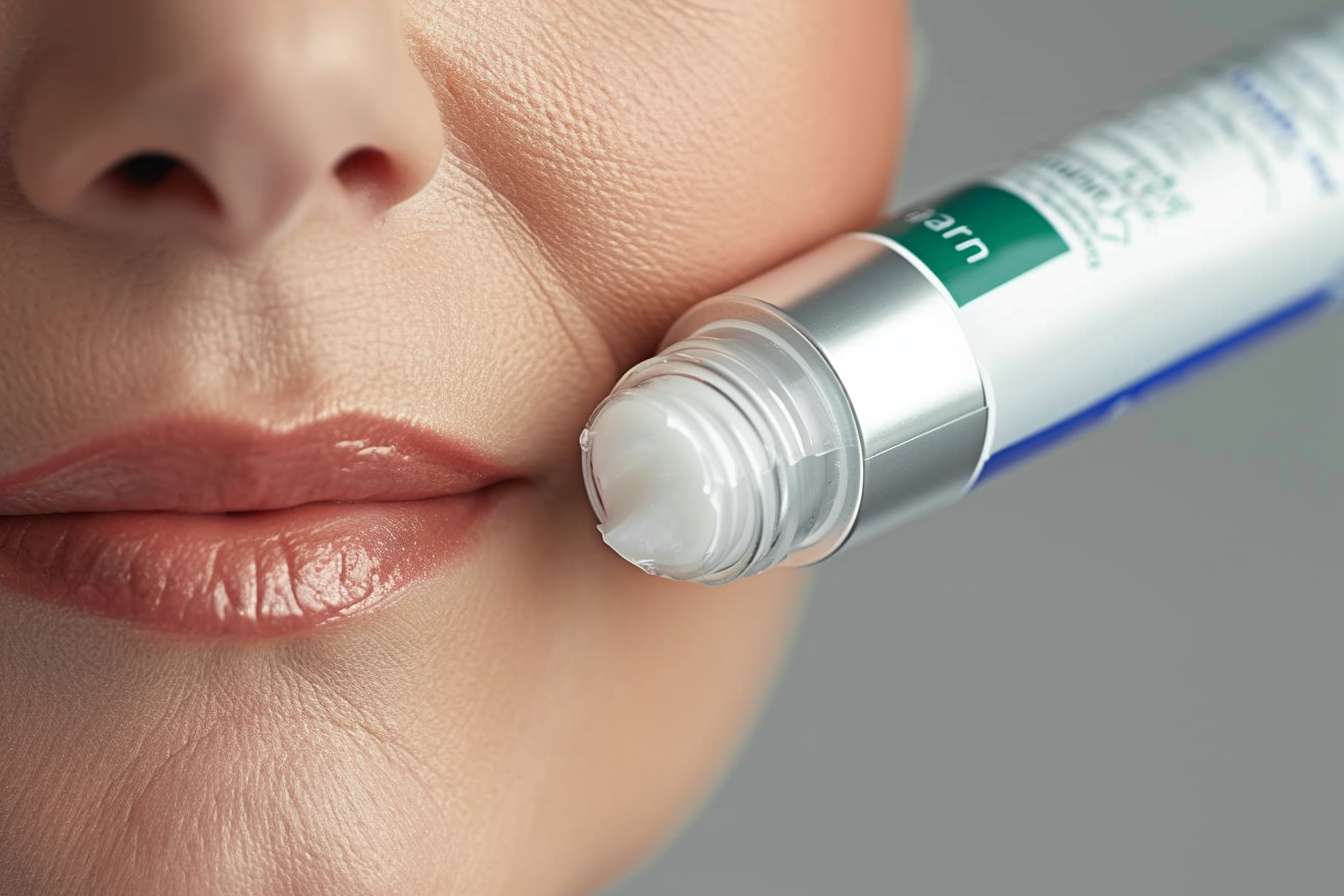Skin Barrier Repair: Steps to Restore Hydration and Resilience
Restoring a compromised skin barrier centers on rebuilding hydration, reducing inflammation, and protecting against environmental stressors. This guide summarizes practical daily steps—gentle cleansing, targeted actives like niacinamide and peptides, cautious retinol introduction, antioxidants, and consistent SPF—while considering clean formulations and sustainability for longer-term resilience.

Healthy skin depends on a resilient barrier that locks in moisture and keeps irritants out. When that barrier is weakened—by over-exfoliation, harsh cleansers, pollution, or inconsistent routines—skin may feel tight, flaky, or reactive. Repair focuses on steady hydration, restoring lipids, reducing inflammation, and protecting from UV and pollution. The approach should be gradual, evidence-aligned, and avoid stacking too many active ingredients at once. Simple, consistent steps can rebuild function and improve tolerance to other treatments.
This article is for informational purposes only and should not be considered medical advice. Please consult a qualified healthcare professional for personalized guidance and treatment.
What is the barrier and why is hydration essential?
The skin barrier, primarily the stratum corneum, consists of corneocytes and a lipid matrix that prevents transepidermal water loss. When lipids are depleted, moisture escapes and the barrier becomes porous to irritants, increasing sensitivity. Hydration strategies include humectants like hyaluronic acid and glycerin to attract water, emollients to smooth the surface, and occlusives such as ceramides and gentle oils to lock moisture in. Regular hydration improves texture, reduces flaking, and helps the skin tolerate active ingredients more consistently.
How does the microbiome influence barrier recovery?
The skin microbiome is a community of microorganisms that interact with the immune system and barrier. Disruption through aggressive cleansing, frequent antibacterial ingredients, or environmental pollution can alter microbial balance and exacerbate sensitivity. Support microbiome-friendly care by using pH-balanced, mild cleansers and moisturizers that avoid unnecessary antibacterial agents. Maintaining moisture and reducing irritants creates a habitat where beneficial microbes can thrive, aiding barrier repair and lowering the risk of inflammatory reactions.
How should niacinamide, retinol, and peptides be used?
Niacinamide is well-suited to barrier repair: it supports lipid synthesis, reduces redness, and enhances hydration. Peptides can signal repair pathways and support collagen and matrix health without significant irritation. Retinol accelerates cell turnover but can cause dryness and irritation if introduced too quickly. During repair, start retinol at low frequency and concentration, buffer with moisturizers, and avoid combining retinol with strong exfoliants. Staggering actives and monitoring for reactions helps maintain progress while reaping benefits.
Why antioxidants and sunscreen matter for resilience?
Antioxidants neutralize free radicals from UV exposure and pollution, which otherwise degrade lipids and collagen. Ingredients like vitamin C, vitamin E, and plant polyphenols can reduce oxidative stress when used in tolerable formulations. Daily broad-spectrum sunscreen with appropriate SPF protects repaired skin from UV-driven inflammation and further barrier compromise. Apply sunscreen as the final daytime step and reapply as recommended; combining antioxidants and SPF supports both immediate defense and longer-term barrier health.
What does a clean, sustainable routine look like for hydration?
A minimal, well-considered routine often helps repair: a gentle, pH-balanced cleanser, a hydrating serum with humectants, a moisturizer containing ceramides or barrier lipids, and daytime sunscreen. “Clean” formulations should prioritize transparency over marketing claims and avoid unnecessary fragrance or harsh surfactants. Consider sustainability by choosing products with recyclable or refillable packaging, responsibly sourced ingredients, and brands that disclose formulations. Reducing frequent product switching also decreases the risk of irritation and unnecessary waste.
How to manage sensitivity, exfoliation, and pollution exposure; when to seek local services
If sensitivity persists, reduce exfoliation frequency and stop suspected irritants. Use gentle exfoliation only once the barrier shows consistent improvement, and prefer mild chemical exfoliants at low strength if needed. Limit exposure to heavy pollution when possible, and cleanse gently after being outdoors. If problems continue, consult local services such as a dermatologist or licensed esthetician in your area for assessment, patch testing, or prescription options. Professionals can tailor treatments to conditions like eczema or dermatitis and advise on safe in-clinic procedures.
Repairing the skin barrier is a gradual process: prioritize consistent hydration, barrier-supporting lipids, and daily sun protection, introduce potent actives like retinol slowly, and use niacinamide and peptides to support resilience. Maintain a clean, minimal routine that considers sustainability and avoids over-exfoliation or unnecessary antimicrobial disruption. If sensitivity or persistent concerns remain, seek personalized evaluation from a qualified professional.





